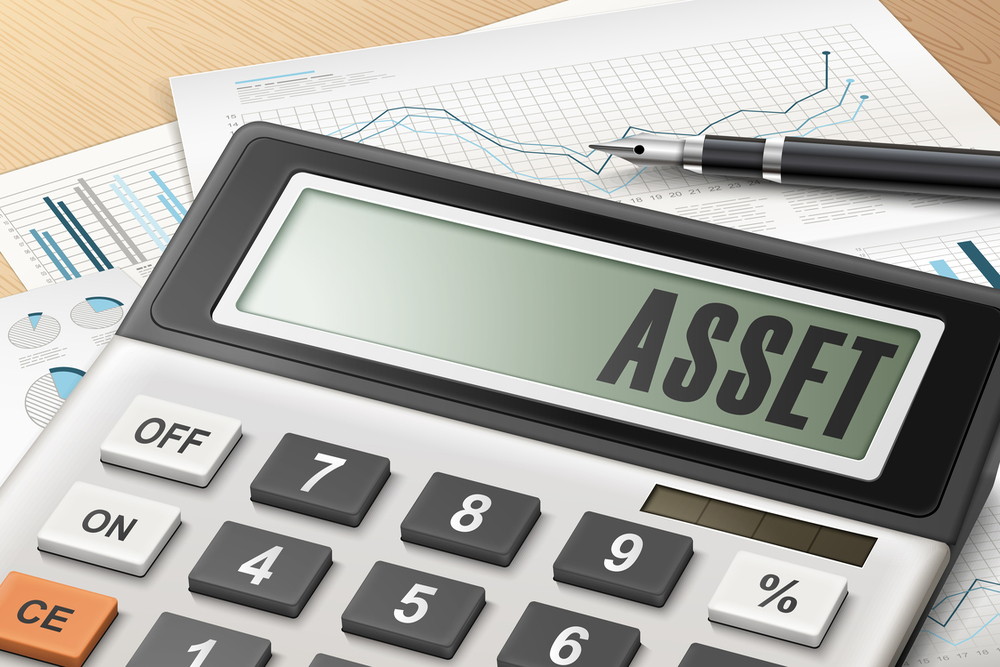How To Fix The Fixed Income Portion Of The Portfolio

Mutual funds, as a credible form of investment option, have gained currency over the last few years. Awareness about the performance, composition, benefits amongst other aspects of various equity and hybrid schemes has increased significantly over time. Sebi, as a regulator, has taken multiple steps to simplify the investment categorisation and the industry body AMFI has helped spread the concept of mutual funds through easy to understand the promotional campaign.
Mutual funds as a legal vehicle also provide a tax arbitrage to investors in debt since investments held through mutual funds for three years qualify as long term capital gains. However, debt investing is still less understood than equities and a spate of recent credit events have compelled the investors to take a closer look at their fixed-income allocations.
Debt investments or fixed-income investments are inherently less risky than equity investments through the behaviour of the fixed income asset class in the past eighteen months is contrary to popular belief. Most investors are accustomed to investing in bank fixed deposits, wherein they know upfront what rate of interest or return they are likely to receive on their investment. It is easy to comprehend. In case of investments in debt mutual funds, investors tend to rely on portfolio yield, which is an indication of likely return, ceteris paribus, and past returns, which may not be the right indicator of future returns. While debt funds invest in securities or bonds, which offer mostly fixed coupons or interest payments, the prices of the securities fluctuate, altering the investment return over the holding period of the investor. The price of the bond may fluctuate due to changes in interest rate levels in the economy, or the credit profile of the issuer. Bond markets can become illiquid at times as well, which leads to lower prices for bonds in general. Investors should be aware that if things do not change much during their investment horizon, the bond fund will give them returns close to their portfolio yield adjusted for expenses. But as things seldom remain the same, the realised return is higher or lower than the portfolio yield.
The world of fixed income investing has been rocked in the recent past due to several credit events, which have led to significant write-downs in the fund values. While there have been cases of credit defaults in a mutual fund over the years, the size of defaults was relatively small and it did not materially impact many schemes or investors. The recent bouts of markdowns have exposed the underlying lack of liquidity in lower-rated bond markets and have forced investors to relook at their fixed-income investments. Investors have learned much to their chagrin that while the portfolio yield may have captured the credit risk in the fund, the yield did not give any sense on the liquidity of the underlying portfolio. Hence, when a fund faced large redemptions, the fund stopped accepting fresh subscriptions or redemptions leading to client investments becoming illiquid. Based on this experience, it is likely that investors will shun credit risk or high yield funds which are unfortunate since any developed market requires a liquid high yield market where investors can assess and then participate in high yield trades. The regulator must look at this aspect closely since any failure to address the ground level issues may lead to a polarised market with few issuers hogging all the liquidity.
Fixed income investments can generate hefty returns, at least periodically, if one can play the duration right. When the economy is undergoing a slowdown, and inflation is not high, any central banker will try to reduce the level of interest rates, increase the quantum of money in the system, incentivise banks to lend to the real economy by lowering the alternative rates of deployment. Under these circumstances, bonds tend to appreciate, and the capital gains add to the portfolio yield, resulting in handsome returns. When equity funds are not performing well, making fixed-income duration funds a natural hedge for any portfolio. The flip side is that if because of a rating downgrade or an unbridled fiscal expansion, rates rise instead of falling, fixed income portfolios could deliver returns lower than the portfolio yield. However, one’s money is not at the risk of getting indefinitely locked out as there is no risk of illiquidity.
A good investment advisor with a good head on their shoulders, some common sense, and track record should be able to:
a) Identify the different risks associated with debt schemes
b) Assess the risk profile of the client correctly
c) Identify the better-managed fund managers and schemes, and
d) Avoid obvious mistakes.
While there are many moving parts to a fixed income portfolio, a competent advisor is usually able to separate the grain from the chaff. The fixed income portion of the portfolio should add stability to the overall returns, and not end up as a source of anxiety and concern.
The author is the MD & CEO, TrustPlutus Wealth Management Services










